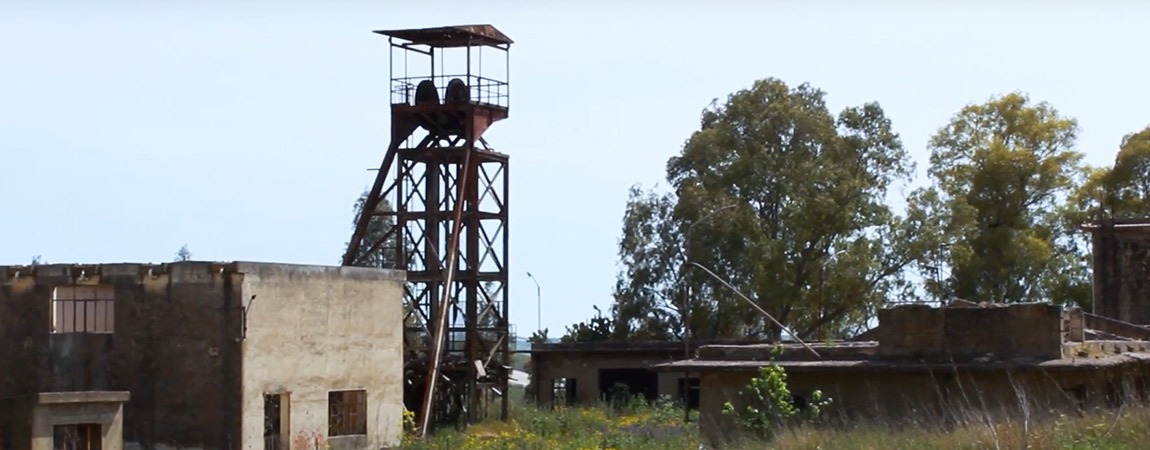
Sommatino is a small hilly town in the province of Caltanissetta, in the Sicilian hinterland and is known as the city of sulfur (or sulfur), or the sulfur mines which represented the history of thousands of men who worked there for years. These are the stories that the writer Giovanni Verga told in his novels
In short, as a town it appears for the first time in the 1583 census, it only had 533 inhabitants. The territory already existed rich in sulfur, historians maintain that the first excavations in search of sulfur began around 1600 when dozens and dozens of people began to head towards the so-called 'large mine' or 'Solfara Grande' (subsequently called Trabia Tallarita mine, located between the territory of Sommatino and that of Riesi) since it was the one that produced 12% of Sicilian sulphur, it was in fact one of the oldest and richest in the whole region.
Initially the owner was the prince of Trabia and Butera, then over the years and centuries it passed into the hands of various mining companies, until its closure in 1963. This last event led to an increase in unemployment and therefore a greater emigration towards Northern Italy or even France and Germany.
Work in the mines, as we know, has never been easy, it is often even dangerous, and so it has always been here too, as many men have lost their lives, obviously resulting in disaster even for their respective families. The greatest disaster in the said Solfara occurred in 1883, it was a fire in which 36 miners died, among them 11 Sommatinesi inhabitants.
It is therefore clear that the protagonists of these stories were not only the working men and sometimes victims in the mines, but also those waiting for them to return home. When it went well, we could talk about a 'party', indeed, how could we not remember them Santa Barbara days (patron saint of the town and protector of miners) nor Holy Week, in which the sulfur miners themselves were great protagonists.
Therefore the history of Sommatino is characterized by a past of hard work, sacrifices, sometimes death, in short a heavy scar in the past of this town whose inhabitants of the time and their heirs carry in their minds and hearts, but which necessarily had to also be handed down outside, spatially and temporally.
Art celebrates history in Sommatino
Precisely for this reason, that is, to leave a trace of memory for posterity and also for those who perhaps are not aware of this past, in recent years artistic production has managed to represent this side of Sommatino's history.
So that's the day 07/01/2016 the inauguration took place in Chinnici square monument to the Miner, it is a sculpture created by Angelo Salemi and donated by Rino Liborio Galante, a Venetian citizen with origins from Sommatino. Both expressed their satisfaction in having felt part of the Sommatino community.
That day was, as far as the monument represents, a symbolic moment for the entire city, as well as a sign of unity for all its citizens, with particular reference to those who had relatives who worked in the mines. In reality it was a significant moment for the whole of Sicily, because in other municipalities in the region there was a similar past for many people.
From the point of view of the art that celebrates history in Sommatino, the presence of the Solfare Museum (inaugurated in 2008) is also significant, which is located in the archaeological park of Trabia-Tallarita, between the territories of Sommatino and Riesi, and set up in the building of the former Palladio power plant. Through its various rooms and with the help of multimedia tools, it is possible to immerse yourself in the world of mining; furthermore, the visit to the museum ends with a virtual descent into the mine underground, so as to be able to imagine how many adult men worked and young people, in a not so distant past. And this is where emotions, as well as explanations, come into play.
Discover art and history in Sommatino
A trip to Sommatino is highly advisable as it is a form of educational tourism for adults and children, to discover a town that has based part of its foundations on the hard physical and moral work of many of its inhabitants over time, for about four centuries.









